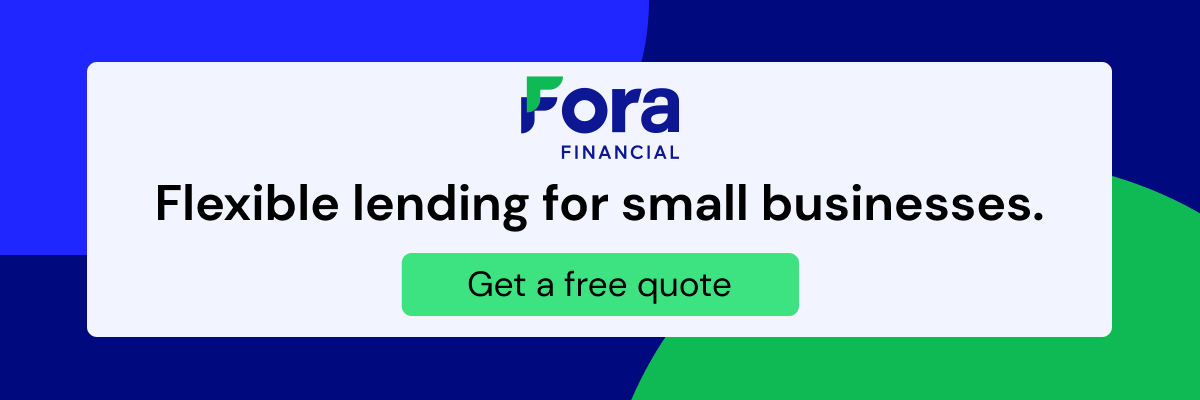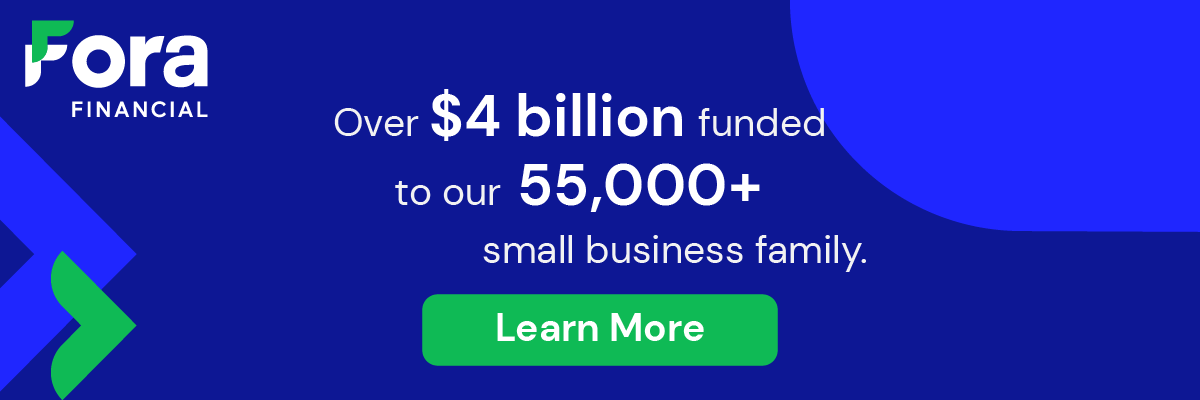Are you working your way through acquiring small business financing? We’re here to help you understand the difference between installment and revolving loans. Think of installment loans as your financial heartbeat, with predictable fixed repayments. On the flip side, revolving loans offer more flexibility, adapting to your business needs.
What Is a Small Business Revolving Loan?
A small business revolving loan is a flexible financing arrangement that gives your company access to a predetermined credit limit.
Unlike traditional loans, a small business revolving loan lets businesses withdraw and repay funds as needed within the approved limit. Similar to a credit card, there's no fixed repayment schedule.
This type of loan gives you the flexibility you need for managing cash flow, covering operational expenses, and seizing immediate opportunities. Interest on a small business revolving loan is charged on the outstanding balance. As you pay off your balance, credit becomes available again.
Example of a Revolving Loan
Imagine a boutique using a small business revolving loan to navigate seasonal ups and downs in sales. The loan allows the company to access funds as needed, helping them with inventory management during slow months and greenlighting expansion opportunities during peak seasons.
What Are the Pros and Cons of Revolving Loans?
Pros:
- Flexibility in fund utilization
- No fixed repayment schedule
- Continuous access to funds
Cons:
- Variable interest rates
- Potential for higher overall costs
- Requires disciplined financial management
Revolving vs. Installment Loans
A small business installment loan is a fixed-sum loan with a structured repayment plan. Companies pay off this type of loan in regular, predictable installments. Small business installment loans can be easier to manage because of their fixed interest rates and monthly payments.
Wondering if this type of loan is best for your business? If you need a clear-cut, budget-friendly approach to managing funds and making strategic investments like equipment purchases or expansion projects, a small business installment loan might be your best option.
Example of a Small Business Installment Loan
Think of a tech startup using a small business installment loan to pay for high-end laptops for their team. With fixed monthly payments, this type of loan helps the startup invest in necessary equipment while sticking with a predictable and manageable budget.
Pros and Cons of Installment Loans
Pros:
- Predictable monthly payments
- Fixed interest rates
- Easier budgeting and financial planning
Cons:
- Limited flexibility in fund access
- Possible prepayment penalties
- Interest is paid on the entire loan amount
Is a Small Business Loan Installment or Revolving? Choosing the Right Loan
Choosing between financing options for your company often comes down to the decision between a revolving loan and an installment loan.
Revolving loans offer flexibility with a continuous fund pool, suitable for unpredictable cash flows. Installment loans provide stability through fixed payments, ideal for budgeting. While revolving loans don’t have a fixed schedule and may have variable rates, installment loans offer reliability and structure.
Key Factors in Loan Decision-Making
- Purpose: Clearly define the purpose of the loan, whether for short-term operational needs or long-term investments.
- Cash Flow Assessment: Evaluate your business's cash flow patterns to determine the feasibility of fixed monthly payments or the flexibility of continuous fund access.
- Risk Tolerance: Consider your risk tolerance and choose a loan structure that aligns with your comfort level in handling variable interest rates or fixed repayment plans.
- Financial Management: Assess your financial management capabilities to ensure you can effectively navigate the chosen loan structure, whether revolving or installment.
- Long-Term Goals: Align the loan decision with your business's long-term goals, ensuring that the chosen financing supports sustainable growth and success.
Is a Small Business Loan Installment or Revolving? The Bottom Line
Finding the right loan for your business involves a thoughtful assessment of your financial needs and goals. Take a careful look at your cash flow patterns and consider whether the flexibility of a revolving loan is the best fit for you, or if the stability of fixed monthly payments in an installment loan is a better option.
What’s the bottom line? Make a decision between these loans based on the level of structure or flexibility that you need from your financing.



